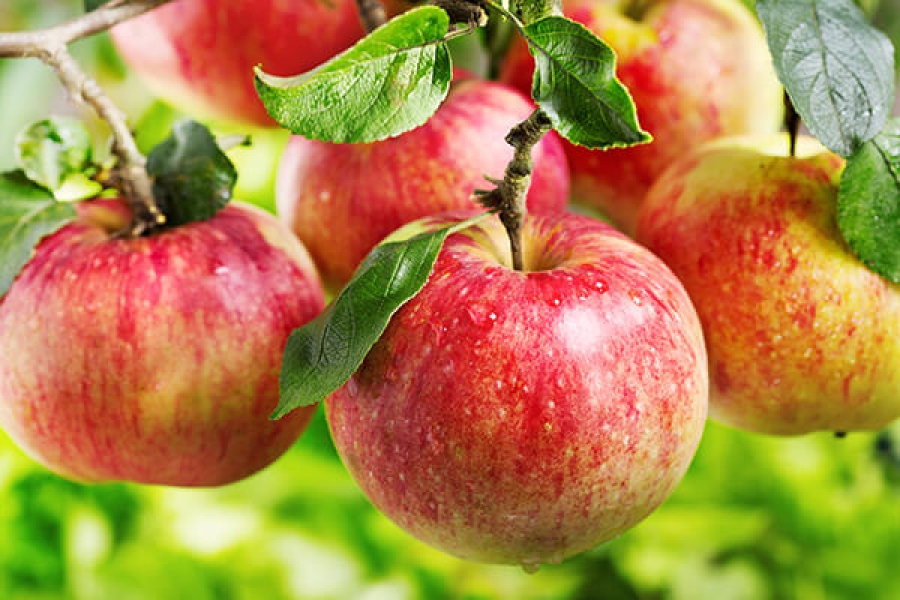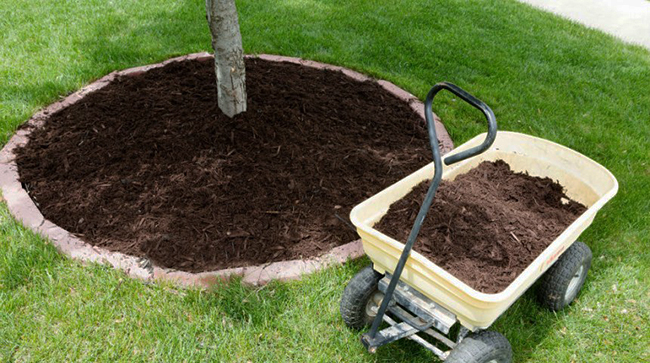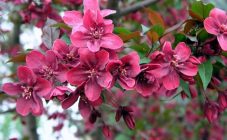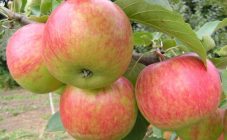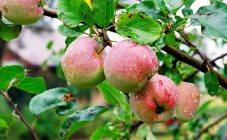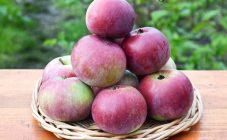Content:
It is difficult to imagine an agricultural plot where at least one apple tree does not grow. It is one of the most popular fruit plants among gardeners. Behind the seeming unpretentiousness of these crops lies the many years of experience of breeders who managed to cultivate numerous varieties that take root well and bear fruit not only in areas with a favorable climate, but also in places with constantly changing weather conditions, strong winds and frosts during flowering. One of these hardy varieties is the Pervouralskaya apple tree.
History of origin
Winter apple tree Pervouralskaya - this variety is the result of the selection work of the horticultural experimental station of the Sverdlovsk region, headed by the outstanding Ural breeder L.A. Kotov. The Persianka variety was taken as a basis, which, like all winter varieties, has a late ripening period and a long storage period. The breeder managed to get a new variety with the inherited positive qualities of the Persianka and additional immune resistance to any kind of scab. The Pervouralskaya apple tree is included in the State Register and approved for use since 2004 throughout the Volga-Vyatka region of the Russian Federation.
Characteristics of the variety
In the descriptions of the Pervouralskaya apple tree, one can find the following characteristic: the tree is of medium size, although the height of the apple tree can vary greatly. In a harsh climate, growth will not exceed 2.5 meters, and in more comfortable regions the plant reaches 4 meters in height.
During the first five years of life, the crown grows actively, which becomes dense, wide and highly oval. An adult shrub has an average size of shoots and leaves. The shoots are rounded and compact, dark brown in color. The leaves are characterized by an egg-shaped dark green color. The surface of the sheet plates is smooth.
The fruit is an apple, has a large size, regular round shape. The average value reaches 150 g, but constant care and regular proper care can double their size.
The color of the cover is uneven, orange-red. The pulp is greenish-yellow in color, juicy and aromatic, has a dense, fine-grained structure, rich sweet-sour taste.
Agrotechnics
The harvest time falls on the last days of September, but the fruits are not yet ready for use at this time, they will ripen before the beginning of the winter season. Winter will be ready to meet the ripe apple harvest. Winter and spring periods are also called consumer periods, because it is at this time that the harvest is ready for consumption, both fresh and in the form of various preparations. But practice shows that an appropriate storage regime for fruits is able to extend their freshness for a longer time, sometimes before picking up a new harvest in September.
Intensive plant growth in the first five-year period after planting is not accompanied by the appearance of a crop. Only after growth has slowed down does the fruiting period begin. The yield increases every year with a simultaneous enlargement of ripening fruits. There are no rest periods, regular fruiting.
Wintering with severe frosts and periods of long absence of watering are not critical for the variety, since apple trees have valuable qualities: winter hardiness and drought resistance.
During the first 2-3 years, a still not strong seedling must be tied to a vertical support (stake). The place where it is planned to place the apple trees should be open and spacious. The digging of the planting holes must correspond to the 3x3 meter scheme. The bottom of the pits is filled with three-year humus.
Plant feeding is traditionally carried out annually in the spring and summer seasons. Immediately after the snow melts, it is useful to feed the plant with nitrogen fertilizers (urea). For an adult plant, you will need four buckets of the finished composition at the rate of 30-40 grams of fertilizer per bucket. At the beginning of summer, you can switch to the use of full mineral fertilizers, and at the end of the summer period, complete feeding with potassium and phosphorus content.
For the entire growing season, plants should be watered at least three times. Adequate amount of moisture required for each adult apple tree is 40 liters on average. In this case, water should not fall on the above-ground parts of the trees. For better assimilation of the liquid, it is enough to provide the root areas of the earth with small grooves, through which water can quickly penetrate into the roots. In August, watering should be completely stopped. From this moment, the plants begin to leisurely prepare for the winter period.
About the advantages and disadvantages of the variety
Many gardeners highly appreciate the Pervouralskaya apple tree. It is recognized as one of the best varieties of Ural origin among all apple varieties used. Numerous advantages – this is:
- Resistant to all types of scab,
- To low temperature indicators,
- For extended periods of drought,
- Annual fruiting without rest periods,
- High yield, increasing its performance with each growing season.
This variety will take its rightful place among other representatives of this species on any estate plot. Without requiring undue care and attention to itself, the Pervouralskaya apple tree can delight with a rich harvest that increases from year to year and the aroma of fruits, right up to the new growing season.
